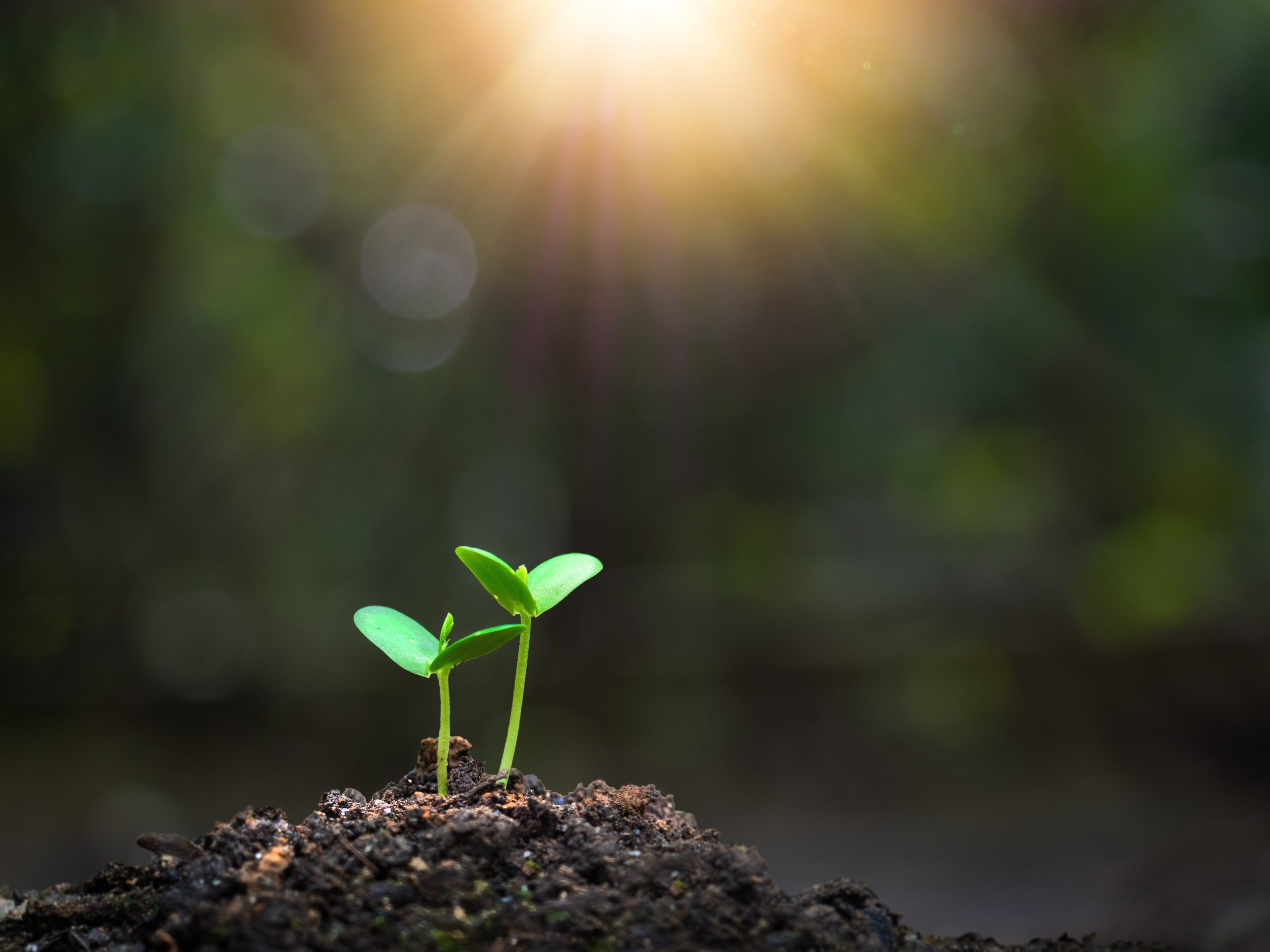Plants play a crucial role in converting carbon dioxide (CO2) into oxygen through a process called photosynthesis. This remarkable process occurs in specialized plant cells called chloroplasts, primarily in the leaves. Photosynthesis involves several steps and complex molecular reactions, ultimately leading to the release of oxygen as a byproduct.
The first step in photosynthesis is the absorption of sunlight by pigments called chlorophyll, which are present in chloroplasts. The energy from sunlight excites the electrons within chlorophyll molecules, initiating a chain of reactions. These excited electrons are then transferred through a series of protein complexes called the electron transport chain.
As the electrons move through the electron transport chain, they release energy, which is utilized to generate ATP (adenosine triphosphate), the energy currency of cells. At the same time, the electrons lost from chlorophyll are replenished by splitting water molecules, a process called photolysis. This water splitting releases oxygen as a byproduct, which is then diffused into the atmosphere.
The second major phase of photosynthesis is the synthesis of organic molecules, particularly glucose. Carbon dioxide, which is obtained from the air through tiny pores called stomata on the leaves, enters the plant cells. Within the chloroplasts, carbon dioxide molecules combine with hydrogen atoms derived from water splitting to form glucose through a series of chemical reactions collectively known as the Calvin cycle. This glucose serves as a source of energy and building blocks for the plant’s growth and development.
Overall, photosynthesis is a vital process that sustains life on Earth by converting carbon dioxide into oxygen. Through the absorption of sunlight, plants capture and utilize energy to drive the synthesis of organic molecules and the release of oxygen. This cycle of CO2 uptake and oxygen release helps maintain the balance of atmospheric gases, contributing to the overall health of the planet and supporting diverse ecosystems.

No Responses